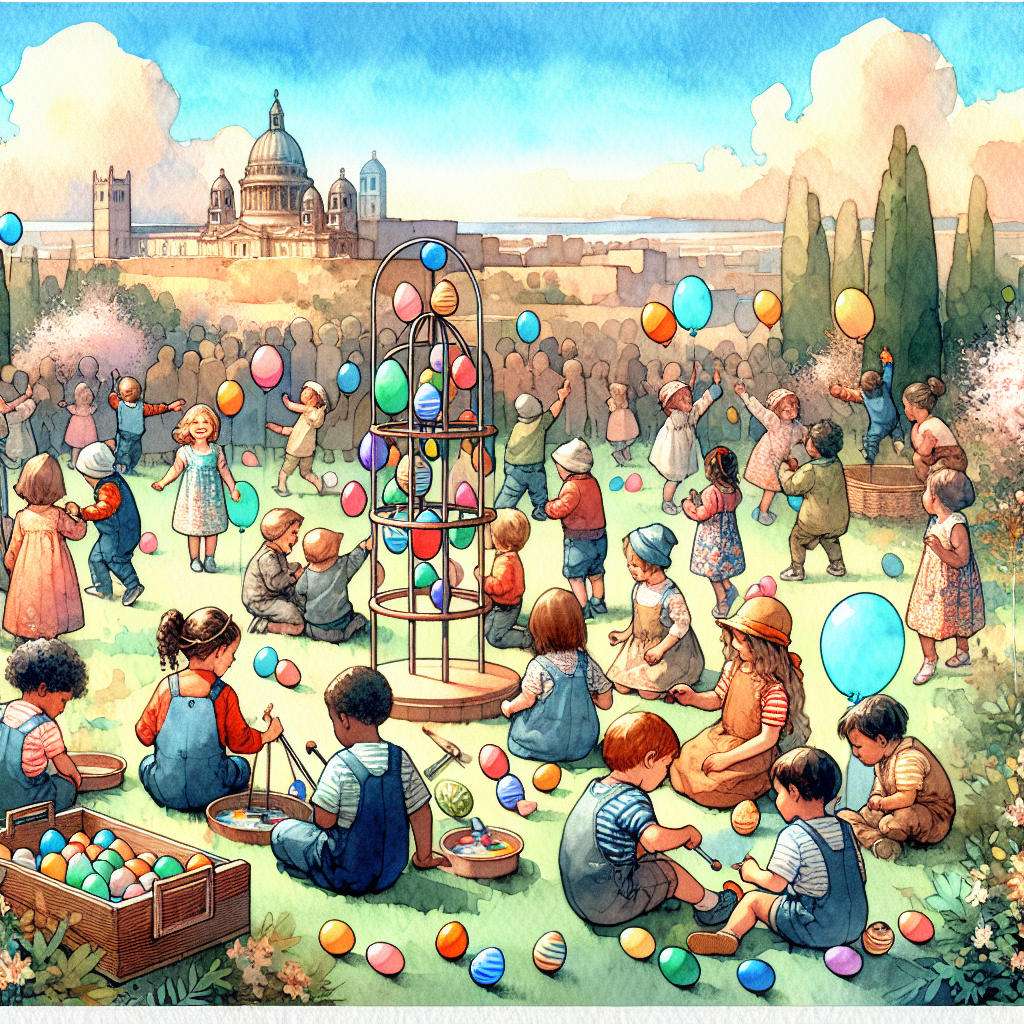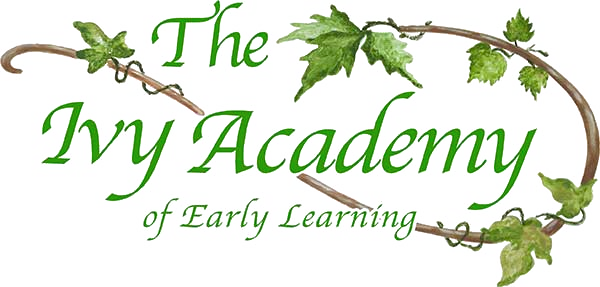Entertaining, Family, Recreation/Fun
Easter Egg Science Experiments That Will Amaze Your Kids

Easter Egg Science Experiments That Will Amaze Your Kids
Crack Open the Wonder: Why Science Experiments Matter for Little Explorers
At The Ivy Academy, we believe that the most powerful learning happens when children are fully engaged and having fun. Easter provides the perfect opportunity to transform ordinary eggs into extraordinary learning tools that capture your child’s imagination while building essential skills.
When young children participate in hands-on science experiments, they’re not just playing – they’re developing critical thinking skills, practicing observation, and building the foundations for scientific literacy. These playful moments of discovery are actually powerful brain-building experiences.
“Science experiments allow children to see cause and effect relationships in real-time,” explains Amy Hitchinson, head of The Ivy Academy. “When a child watches an egg transform before their eyes, they’re experiencing the joy of discovery that builds lifelong curiosity.”
Colorful Egg-speriments: More Than Just Decoration
This Easter, go beyond traditional egg dyeing and try these simple yet fascinating experiments that combine holiday fun with STEM learning opportunities.
The Rainbow Egg Challenge
This beautiful experiment teaches children about color absorption, diffusion, and patience – all while creating stunning results.
Materials needed:
– Hard-boiled eggs (white shells work best)
– Food coloring (primary colors)
– White vinegar
– Small cups or containers
– Paper towels
– Water
– Spoons
Step-by-step magical transformation:
1. Set up several cups with water (about halfway full)
2. Add 1 tablespoon of white vinegar to each cup
3. Add different food coloring to each cup (10-20 drops for vibrant color)
4. Place eggs in the cups and let them sit for 5-10 minutes
5. Remove eggs and observe the solid colors
6. For rainbow eggs: Return partially colored eggs to different color solutions for varying amounts of time
What’s happening? The vinegar helps break down the calcium carbonate in the eggshell, allowing the color to adhere better. This creates a perfect opportunity to talk with preschoolers about chemical reactions in age-appropriate terms.
Bouncy Egg Extravaganza
Transform a regular egg into a rubber-like bouncy ball in this experiment that demonstrates the power of chemical reactions.
Materials needed:
– Raw eggs
– White vinegar
– Clear containers with lids
– Paper towels
– Optional: food coloring
Experiment steps:
1. Carefully place a raw egg in a clear container
2. Cover completely with white vinegar
3. Put the lid on loosely (gas will be produced)
4. Observe for a few minutes – you’ll see bubbles forming on the shell
5. Leave for 24-48 hours (perfect for daily observation)
6. Carefully remove the egg and rinse gently
7. Marvel at your translucent, bouncy egg!
What’s happening? The acetic acid in vinegar dissolves the calcium carbonate in the eggshell, leaving just the membrane intact. The membrane is semi-permeable, allowing some of the vinegar to pass through, making the egg swell slightly and become bouncy.
Children at The Ivy Academy’s Geneva preschool particularly love this experiment because it combines patience (waiting for results) with an exciting, unexpected outcome.
Egg Density Detective
This simple yet fascinating experiment explores concepts of density, buoyancy, and liquid properties.
Materials needed:
– Hard-boiled eggs
– Two tall glasses or clear containers
– Salt
– Water
– Spoon for stirring
– Optional: food coloring to make the water more visible
Experiment steps:
1. Fill one glass with plain tap water
2. Fill the second glass with water and add 6 tablespoons of salt, stirring to dissolve
3. Gently place an egg in the plain water and observe (it sinks)
4. Place another egg in the salt water and observe (it floats!)
5. Challenge: Can you make an egg float in the middle of the water?
What’s happening? This experiment demonstrates density in action. The egg is denser than plain water, so it sinks. Adding salt increases the water’s density, making it denser than the egg, causing the egg to float.
At our Elgin preschool, teachers extend this learning by asking children to predict what might happen with different amounts of salt or with other liquids.
Safety First: Parent’s Guide to Egg-cellent Experiments
While these experiments are designed to be safe, proper supervision ensures both safety and maximizes learning opportunities.
Age-appropriate precautions:
– For children under 3, focus on observation rather than handling materials
– Always supervise experiments involving raw eggs (potential salmonella risk)
– Remind children not to eat any experimental materials
– Have hand washing stations readily available
Supervision tips by age:
For 3-year-olds: These young scientists will need more hands-on help. Focus on simple observations like color changes and the excitement of transformation.
For 4-year-olds: Encourage prediction and comparison. Ask questions like “What do you think will happen if…?” and “How is this egg different now?”
For 5-year-olds: Introduce simple recording methods. Draw before and after pictures or create a sequence of what happened first, next, and last.
Beyond the Experiment: What Kids Really Learn
These egg experiments offer far more than just entertainment. They build essential skills that support school readiness and critical thinking.
Scientific thinking in action:
– Making predictions
– Observing changes
– Drawing conclusions
– Testing ideas
– Building vocabulary (dissolve, transform, absorb)
“When children participate in guided science activities, they’re practicing the exact skills that will help them excel in kindergarten and beyond,” notes Amy Hitchinson. “At The Ivy Academy, we integrate these types of explorations into our curriculum because they build confidence through discovery.”
Research from the National Science Teaching Association confirms that early exposure to science activities improves children’s problem-solving abilities and helps develop language skills as they describe their observations.
Bonus: Create a Simple Science Journal for Young Researchers
Extend the learning by creating a simple science journal for your child. This doesn’t need to be complicated – a few stapled papers work perfectly!
Include these simple prompts:
– Draw what you think will happen
– Draw what actually happened
– How did it feel?
– What did you learn?
– What do you want to try next?
For younger children, they can dictate their thoughts while you write them down, or simply draw their observations.
Bringing the Wonder Home
Science isn’t just for the classroom. These simple egg experiments create memorable learning moments that children will be excited to share.
“Parents often tell us their children come home from The Ivy Academy bubbling with excitement about the day’s discoveries,” says Amy Hitchinson. “These Easter egg experiments allow families to recreate that same joy of discovery at home.”
Whether your child attends our preschool in Geneva, Elgin, or North End, these experiments reinforce the hands-on learning approach we value so highly. They transform ordinary Easter traditions into extraordinary opportunities for growth and connection.
So this Easter, go beyond decorating eggs and crack open some scientific wonder with your little ones. The skills they’ll develop – patience, observation, prediction, and exploration – are gifts that last far longer than chocolate bunnies.
Want to learn more about how The Ivy Academy incorporates hands-on learning into our curriculum? Book a tour at one of our locations and see for yourself how we make learning come alive for young minds.
